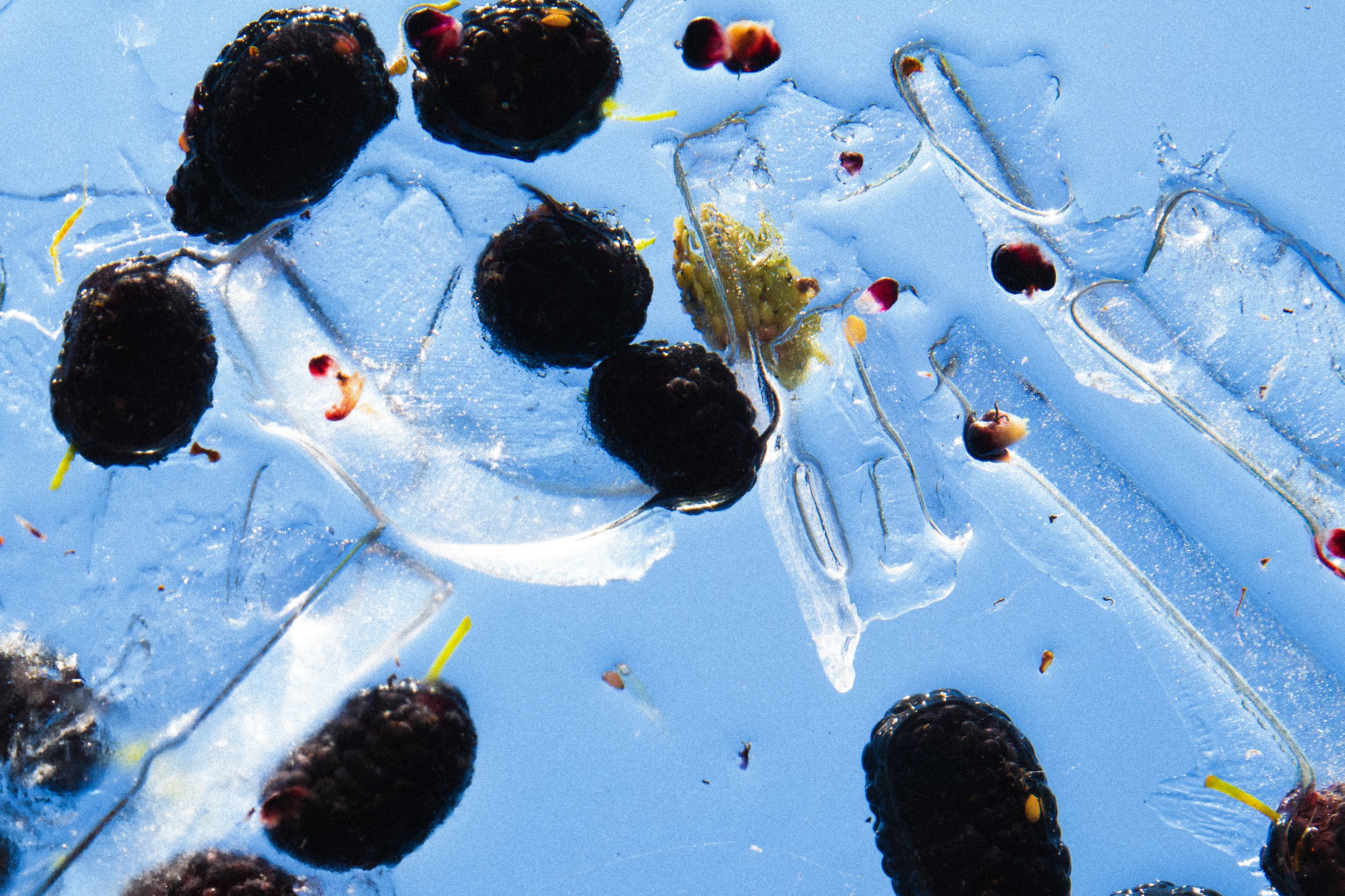
Eating is one of the most direct ways people interact with environments—locally and globally—by literally digesting them. Food is also how people experience climate change and cuisine is, thus, a unique entry point for contextualizing the sixth mass extinction and the future of planetary health.
Off the Menu is framed by a joint investigation of the relationship between eating and ecology in the modern era and from a transatlantic perspective. It spotlights slippery case studies, which is to say seafood.
Our three research projects ask: How do culinary practices create but also respond to transformed or threatened environments? Why do humans eat foods to extinction? And how might eating double as a form of environmental management?
Taken together they ask: What does sustainability—or reciprocity—mean in the world of food?
Making Fish
L. Sasha Gora
When John Cabot coasted the shores of what is now called Newfoundland and Labrador in 1497, he witnessed water so thick with cod they slowed the progress of his ship. Returning to England, he promised King Henry VII enough fish to feed his kingdom “until the end of time.” But with the collapse of the Grand Banks fisheries, human appetites ended time in the northwest Atlantic on 2 July 1992.
Cod—an example of an early global food—gifts “Off the Menu” a case study that travels widely across time and space and complicates the local-global binary. “Making Fish,” thus, focuses on long durée environmental transformations and emphasizes material and cultural shifts to follow cod as a commodity, a food (from dried and salted to fresh and frozen), and an animal to track how colonial and imperial histories enmesh with environmental and culinary ones.
Simone Carraro, Gastronomia Rurale - Baccalà, 2018, acrylic, soil, and ink on raw fabric.
Shucking Oysters
Philine Schiller
”The oyster leads a dreadful but exciting life,” wrote M.F.K. Fisher in 1941, referring to an existence punctuated by “stress, passion, and danger.” Humans who involve themselves with oysters seem befallen by a similar fate. From the Chesapeake Bay Oyster Wars to New York City’s oyster carts, this bivalve has become a prototypical American food associated with US nation-building ideas of wealth and abundance. But as with many other animals and plants, human appetites have threatened their plenitude.
Oysters, recipes, and the threat of culinary extinction are interconnected in a myriad of surprising ways. “Shucking Oysters” demonstrates how ecological and culinary shifts intersect and how studying the ingredients featured in food writing not only offers a glimpse into past foodways and lost ingredients but also signals a way forward.
William Abbott Herdman, Oyster Culture in the Bay of Spezia, 1894, sketch on paper.
Surfing Spikes
Penelope Volinia
The presence of "invasive" species in marine ecosystems has significant ecological, socioeconomic, and culinary impacts. Sea urchins are a keystone species in the Mediterranean, but are considered invasive in the Norwegian Sea. “Surfing Spikes” aims to explore how human attitudes toward this seafood differ between regions and its role in imaginations of climate-conscious cuisines.
In the Mediterranean, sea urchins are prized as a delicacy but face threats from climate change and overfishing. In contrast, their invasive status in the Norwegian Sea threatens the Blue Carbon Ecosystem. So, how does the classification of seafood as “invasive” influence its acceptance as a food? What is the threshold for invasiveness? Could calling a species “transformative” change how we see it (and if we eat it)? And is the sea urchin part of Norway's “new wild”?
Thanassis Stephopoulos, Still Life (sea urchins), 1956, oil on canvas.


